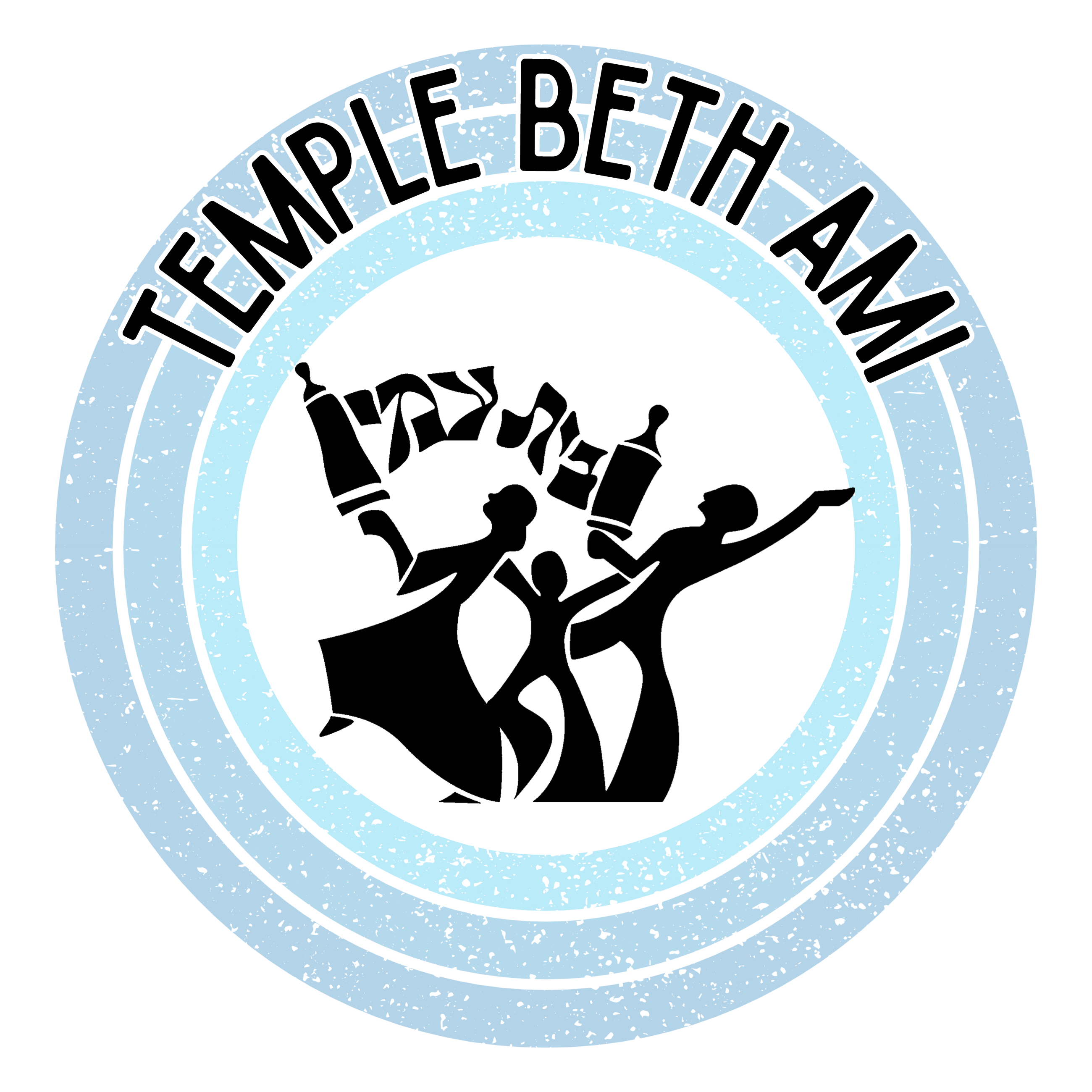Ki Tavo (Selichot) 5872
Deut. 26:1 – 29:8
Rabbi Gary Pokras
KI Tavo contains a beautifully concise history of the Israelite people, which is included in the maggid, the narrative section of the Passover Haggadah. Yet, we do not read this passage in the annual cycle until right before Selichot, the service which anticipates our upcoming High Holy Days.
Why do we read this parasha now?
The simplest answer is that the weekly Torah readings do not correspond with the holiday cycles. We read each portion sequentially through the year until we complete all five books and then start again. Ki Tavo just happens to fall here because of where it is in the book of Deuteronomy.
Yet, in this case, there is more than meets the eye. Rabbi Micky Boyden notes that, “Parashat Ki Tavo begins with memory, consciousness, and thanksgiving.”1 At the heart of the Holy Days is the process of teshuvah, during which we take account of our deeds, and try to correct our mistakes so that we can make the New Year better than the year which is about to end.
Teshuvah starts with memory. Moses reminds the Israelites of their mistakes as well as their achievements. As the Holy Days begin, we are commanded to do the same. Consciousness is where we evaluate our actions and then will ourselves to make amends and change our behaviors. Finally, if we are successful, then we can heal some of the fractures in our lives – which naturally leads to gratitude.
Ki Tavo, then provides a blueprint for how to make teshuvah. What better way to lead into Selichot!

